Fashion Merchandising and Design
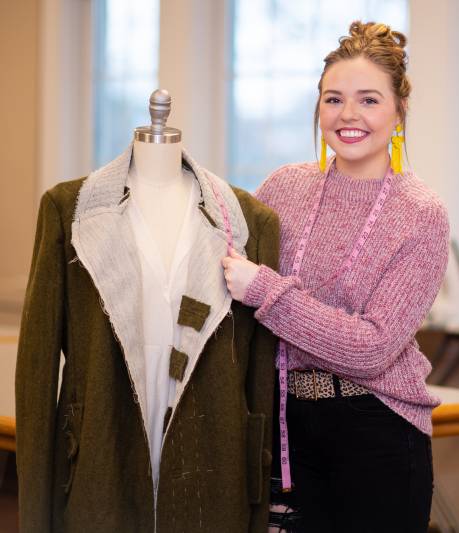 The Fashion Merchandising and Design concentration provides students with a diverse
skill set in the design and merchandising fields necessary to pursue exciting career
opportunities in the apparel, design, textile, and retailing industries.
The Fashion Merchandising and Design concentration provides students with a diverse
skill set in the design and merchandising fields necessary to pursue exciting career
opportunities in the apparel, design, textile, and retailing industries.
The curriculum focuses on the design, production, distribution and selection of consumer products, to guide students through the entire design thinking process - from concept to sale of a product.
The Bachelor of Science in Design Studies provides students with a contemporary and wide-ranging approach to Design. Graduates are prepared for career development in architecture, interior design, and fashion merchandising. The Bachelor of Science in Design Studies provides students with broad knowledge of the design industry, while the flexible curriculum exposes students to interdisciplinary collaborations both on and off campus.
Questions? Contact us!
Or contact Dr. Hannah Upole, Assistant Professor of Merchandising and Design, at hupole@tntech.edu to learn more!
Studying Fashion Merchandising and Design
Students at Tennessee Tech can study Fashion Merchandising and Design by choosing
the Bachelor of Science in Design Studies with the concentration in Fashion Merchandising
and Design.
› Major in Design Studies
The primary method of studying Fashion Merchandising and Design is by selecting a major within the College of Agriculture and Human Ecology, which earns students a Bachelor of Science in Design Studies. Once enrolled in Design Studies, students can then choose their focus concentration to be in Fashion Merchandising and Design.
Students in the Fashion Merchandising and Design curriculum are provided with a unique opportunity not offered by many institutions: the chance to experience courses in both Fashion Merchandising and Fashion Design.
The four-year plan in Fashion Merchandising and Design has been carefully developed
to provide students with the opportunity to develop their aesthetic, learn to implement
design thinking into practical solutions, assess their role as a leader in a global
field, and apply knowledge to market their designs to unique target audiences.
- Program Benefits
In Merchandising and Design, students take courses such as Concepts of Design, where you will learn about design elements and principles, while developing your own aesthetic. Students will also take classes in Product Development, Textiles, Merchandising, and Buying - toward gaining a comprehensive knowledge of the skills necessary to move from idea to market. Within the concentration, every student will also have the chance to take a course in Clothing Construction, which has been specifically developed to provide basic knowledge of construction processes to all students, regardless of your experience level.
As you move through the program, you will continue to take advanced courses in styling and merchandise planning, as well as have the opportunity to expand your design knowledge through courses such as Flat Pattern, Draping, and Computer-Aided Apparel Design, to help you develop your skills to pursue diverse career opportunities upon graduation.
Classes in Merchandising & Design are taught by professors and instructors who have years of work and knowledge building in the industry. Each instructor in Merchandising & Design is focused on providing students with an education tailored to their specific interests, creating a curriculum that emphasizes capacity-building through hands-on exploration and experiential learning opportunities. The average class size in Merchandising and Design is 20 students, so that instructors are able to tailor projects and guidance to each individual student, while also focusing on community building.
Historic Costume Collection
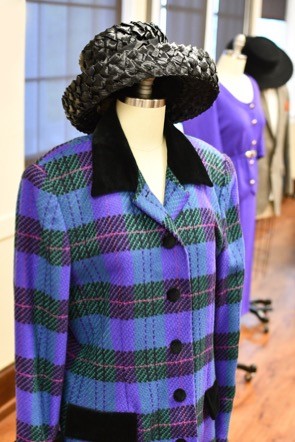
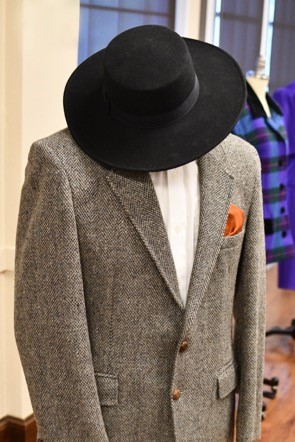 A wonderful resource available to the School of Human Ecology is a Historic Costume
Collection, which houses over 1,500 pieces dating from the mid-1800s to today! The
Historic Costume Collection serves as a resource to all Human Ecology students, including
those in Merchandising and Design.
A wonderful resource available to the School of Human Ecology is a Historic Costume
Collection, which houses over 1,500 pieces dating from the mid-1800s to today! The
Historic Costume Collection serves as a resource to all Human Ecology students, including
those in Merchandising and Design.
As a student in Merchandising and Design, you have full access to the Historic Costume Collection. Want to borrow a gown from the 1940s to learn about construction techniques? How about hosting a fashion show with pieces from the 1920s? Or maybe you just want to see how large shoulder pads really were in the 1980s. All of those items and more can be found in our collection. We are blessed to have been provided this resource by our alumni and are thankful for the opportunities it provides our students.
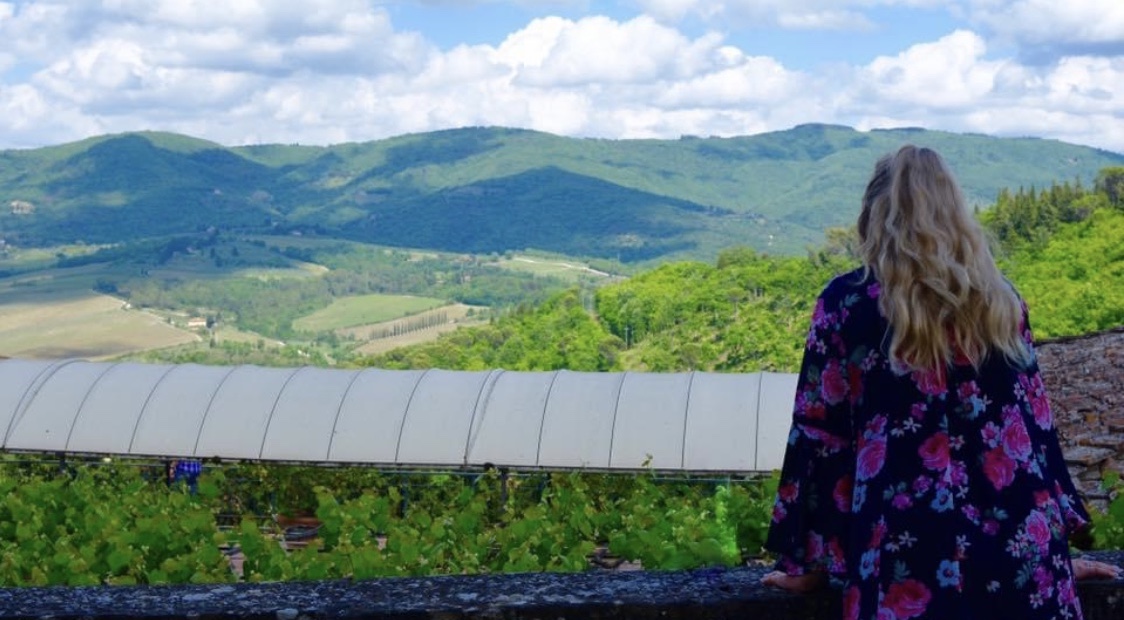
Fashion Study Tours
The field of Merchandising & Design truly contains some of the most global industries you will ever engage with. And at Tech, we believe it is essential to your learning that you have a chance to experience the industry while completing your classes! Each year, the Merchandising and Design concentration participates in a Study Tour experience, visiting a different city that is essential to the industry.
- Learn more about Merchandising and Design study tours!
On these Study Tours, we have the opportunity to meet with industry experts, engage first-hand with design-based experiences, and explore the culture in a new location. And every four years the Study Tour is extra special, as we travel internationally to explore fashion in the European Market!
Our major goal in planning these trips is to provide the students with unique, personal experiences. We always look for at least two to three designers who can meet with students in their studios so you have the opportunity to see the entire process of design. We also engage in historical experiences, such as meeting with museum curators or costume designers to learn about how the past influences the future of design. Finally, we plan at least one or two cultural experiences, such as watching a Broadway play or visiting an art gallery. These experiences provide a look at the culture of the city we are visiting, allowing students to see how culture and society can influence design.
Design Study Tour of NYC
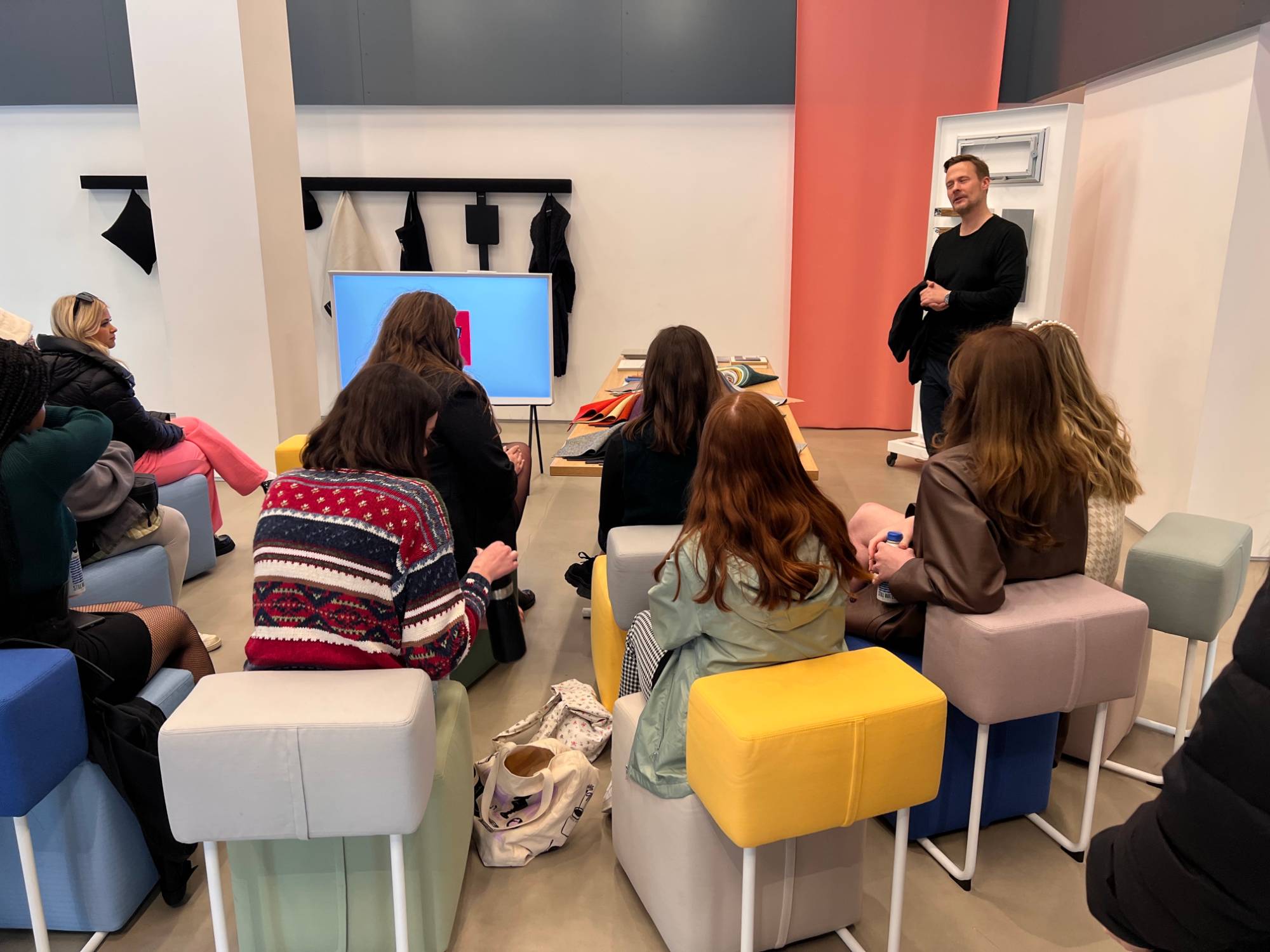
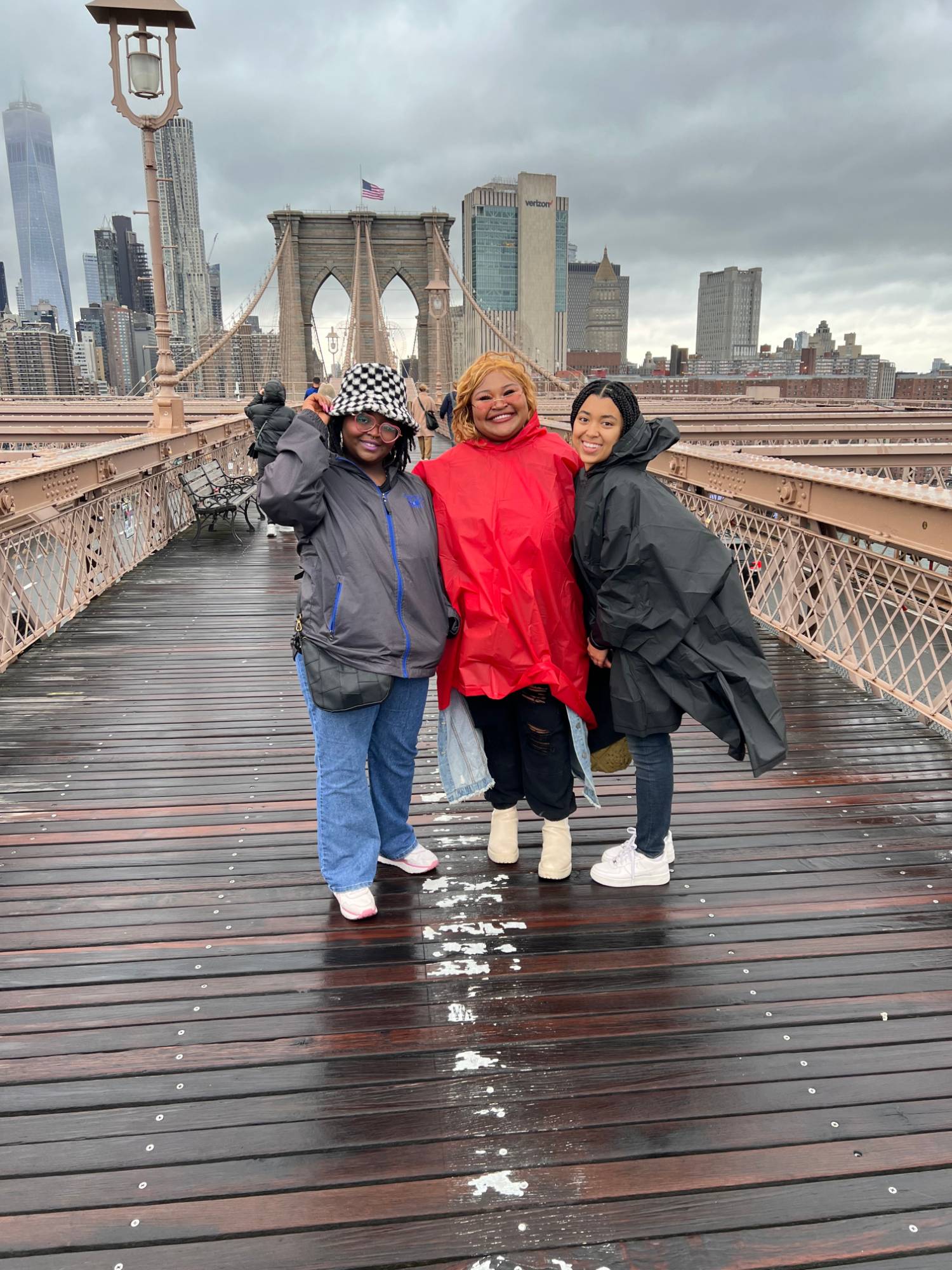
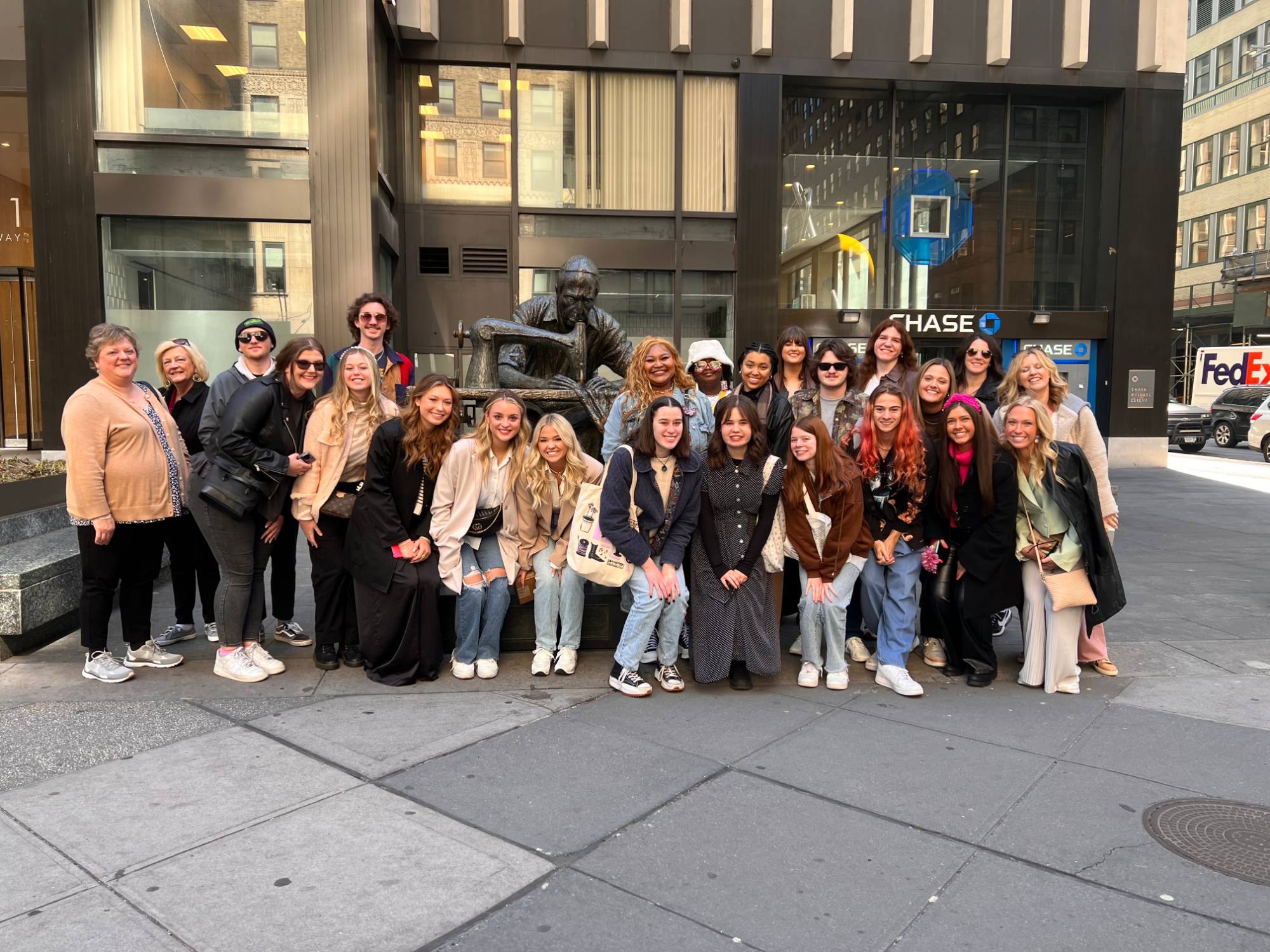
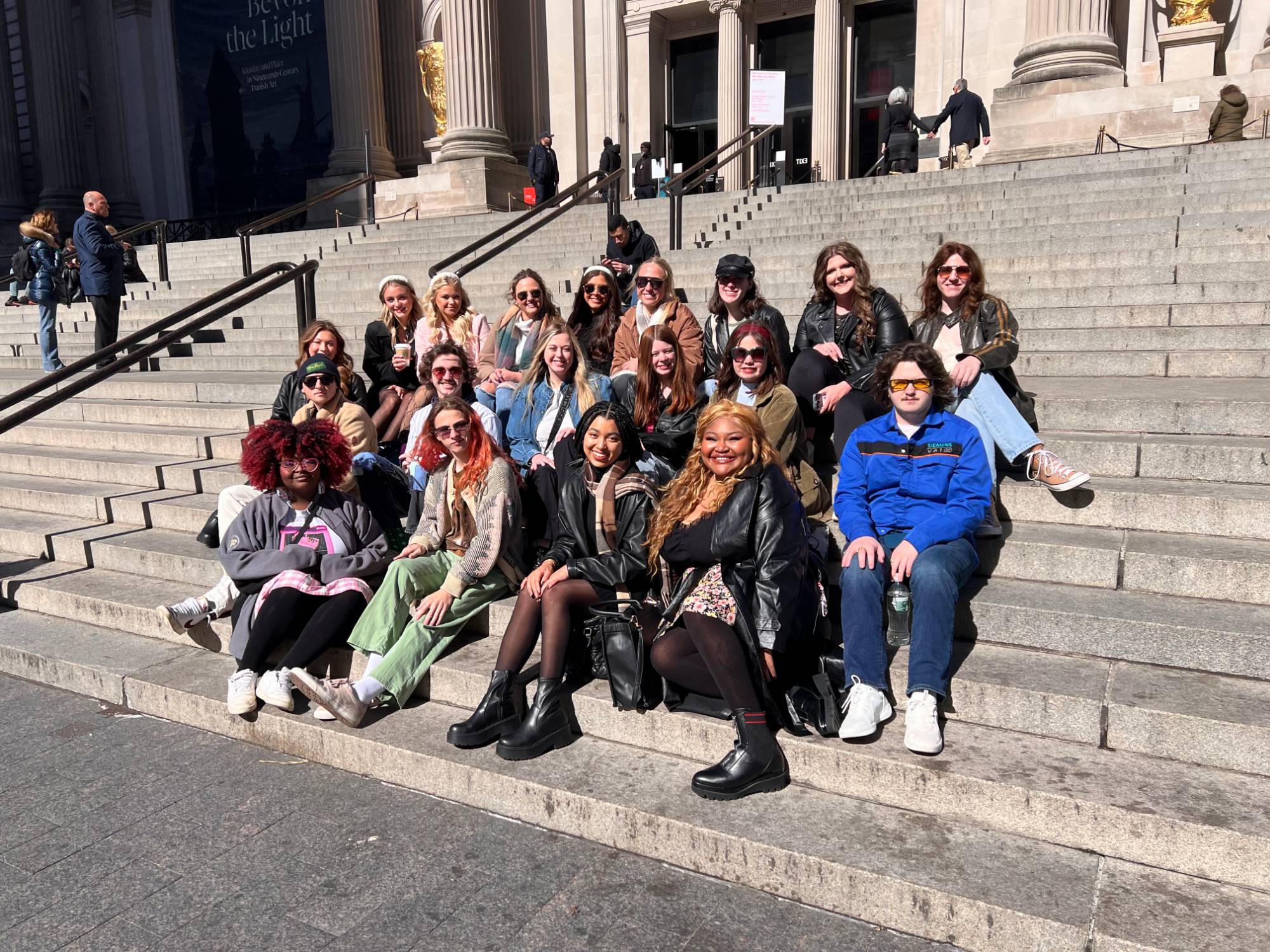
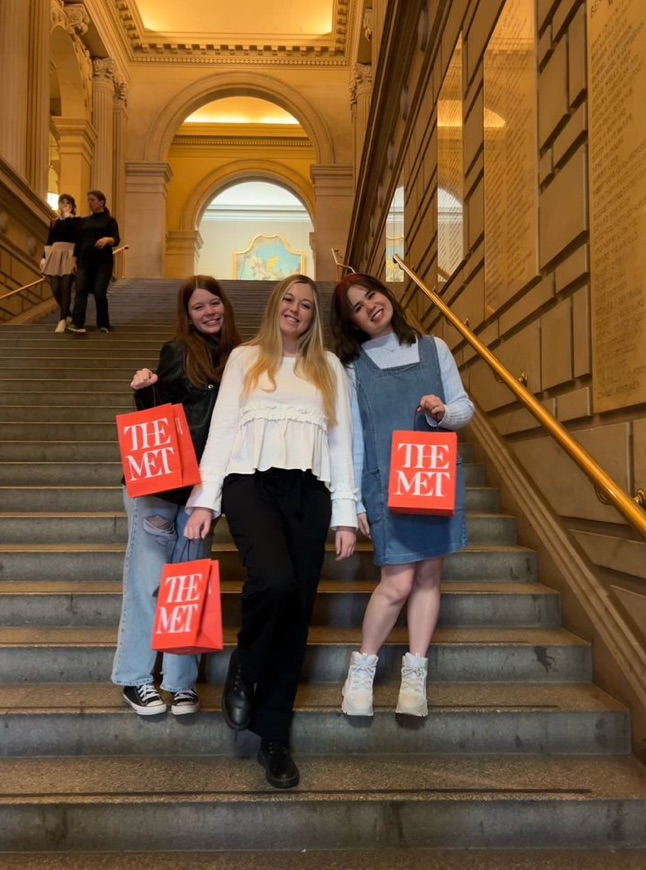
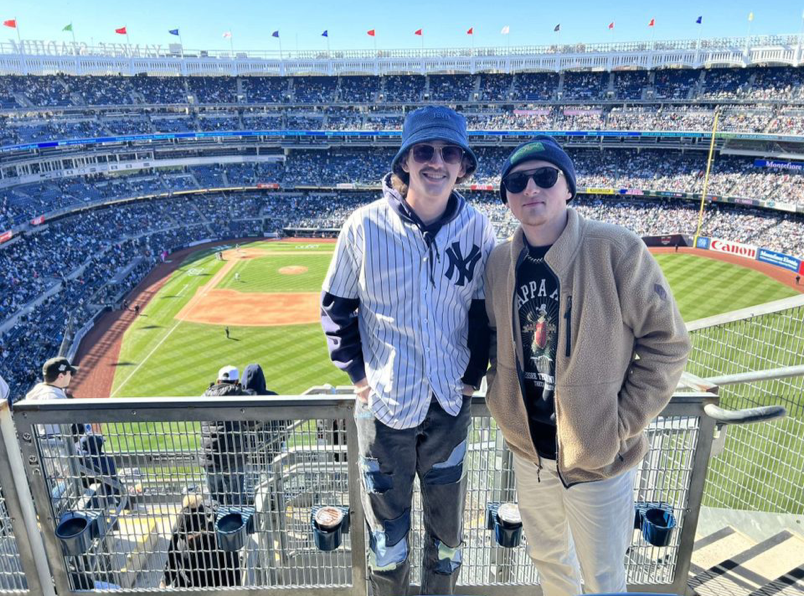
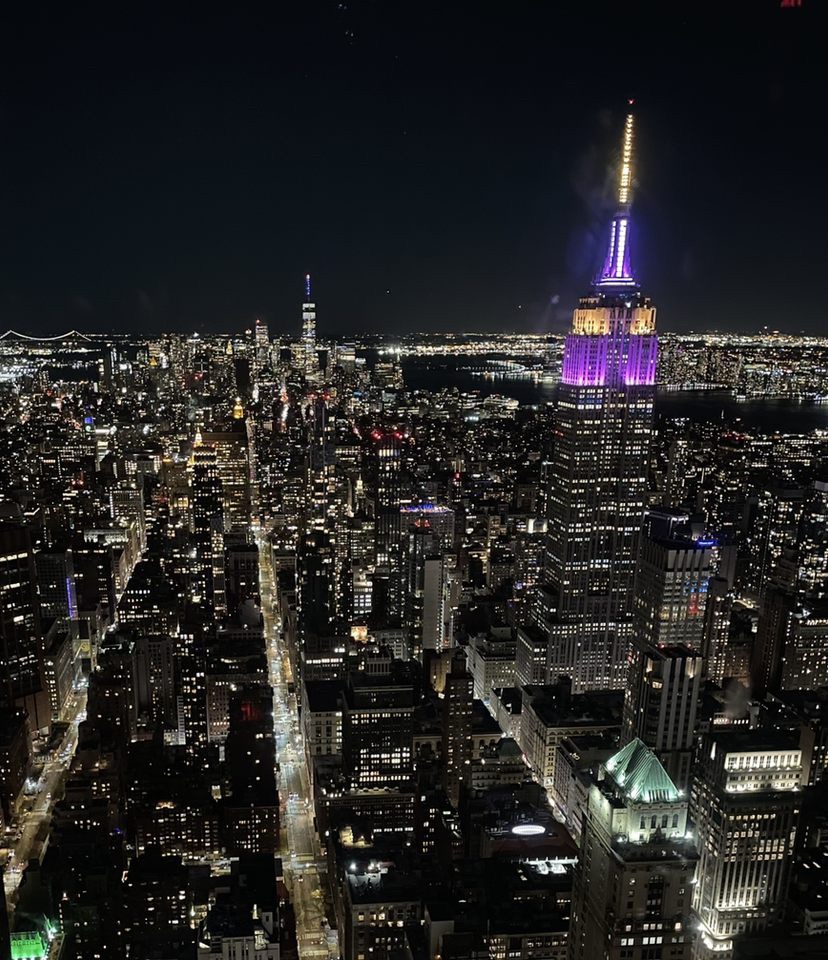
Fashion Merchandising Association
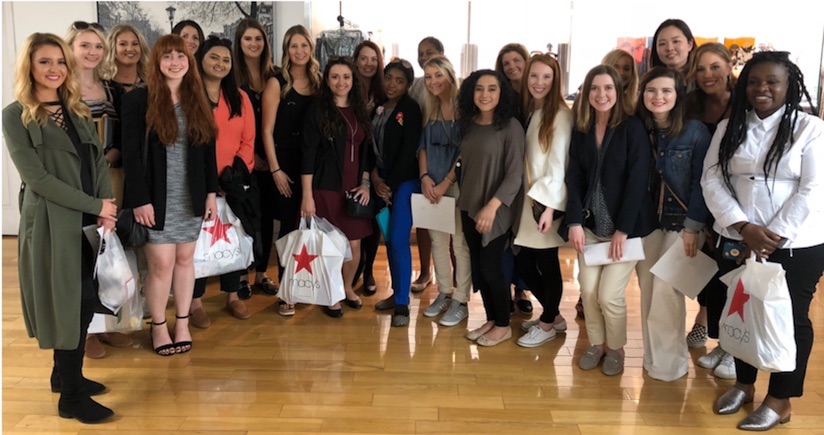
The Fashion Merchandising Association is our own student organization open to any student at Tennessee Tech interested in fashion! The organization offers students a fantastic extracurricular opportunity by providing you with hands-on experience in the industry and the chance to form connections with experts in the field!
Some experiences you have the opportunity to engage with are:
- Organizing campus-wide fashion shows
- Visiting local market centers and learning about the buying process
- Meeting and developing connections with local entrepreneurs
- Gaining valuable industry experience through internship opportunities
- Developing your leadership potential through officer positions
Check us out on Instagram!
Featured Work
HEC 1110 — Concepts of Design ›
- » Learn more about HEC 1110
Students work in groups to create mood boards that highlight current design trends. For this product, students select current design trends such as postmodernism and country cottage, then work with their team to develop a product or product category that incorporates their trend. Students showcase their ideas by creating digital mood boards, using current industry design software, such as Adobe InDesign and AutoCAD, which are then presented to their peers.
HEC 1150 — Analysis of Product Development ›
- » Learn more about HEC 1150
Students work in groups to develop a full specification packet, which is used in the fashion design industry to create products at a manufacturing facility. Students are given a design problem, such as producing an adaptive shoe design or all-weather garments, and must work with their team to develop a product that is inclusive, follows market trends, and could be produced on a mass scale. As part of the project, teams must create to-scale product flats (which show the dimensions of the product) and full color illustrations, showing how the product could be worn as part of an outfit, utilizing current industry software, such as Adobe Photoshop and AutoCAD.
HEC 3320 — Textiles II ›
- » Learn more about HEC 3320
Students work to conduct a research study around sustainability in the textiles industry. Students work in teams to conduct a thorough literature review, followed by gathering data on their unique research question, which is then presented in poster form at the Tennessee Tech Research & Creative Inquiry Day. During this event, students will interact with research faculty and other students from across campus to present their unique research, which also features a judging component. In the past three years, six research projects from Textiles students have received top honors for our College at the competition.
Fashion Design Courses ›
- » Learn more about Fashion Design Courses
Students in the Fashion Merchandising & Design concentration also have the opportunity to take advanced coursework in fashion design, as applicable to their interests. For students interested in fashion design, Tech offers coursework in clothing construction, tailoring, flat pattern, draping, and computer-aided design, in addition to special topics courses, which are offered on a one-time basis based on student interests. Students may also take coursework through the College of Fine Arts in the Fibers program, as part of the guided electives in Fashion Merchandising & Design. These courses offer students hands-on experience with fiber art, weaving, surface design, and other special topics areas, such as quilting. The examples included in this section highlight work from student’s clothing construction, flat pattern, and weaving courses, including projects focused on sustainability, such as pieces knit from salvaged yarn and garments upcycled with vintage quilt blocks.
Fashion Styling ›
- » Learn more about Fashion Styling
Students in the program also have the opportunity to take coursework in fashion styling, focused on elements of promotion and presentation, in editorial, theatrical, and day-to-day settings. Students enrolled in Fashion Styling for Fall 2024 were proud to have been provided the opportunity to style the December 2024 issue of Cookeville Lifestyle Magazine, which highlighted the Most Influential People in Cookeville. Students styled over ten models for the shoot, including the styling for the front cover. Students in the course also were able to plan, direct, and post-produce a photoshoot for each concentration in the School of Human Ecology titled “The Spirit of Human Ecology.” This included sourcing models, developing mood boards and call sheets, planning photoshoot layouts, styling models, participating in day-of production activities, and post-production of photos for presentation across the campus. Photos from this project have since been used for several Tech event and marketing features, in addition to being displayed on the second floor of Oakley Hall in our design gallery.
Fashion Event Production ›
- » Learn more about Fashion Event Production
The culminating coursework in Fashion Merchandising & Design is the Fashion Event Production course, where seniors graduating in the Spring, Summer, or Fall of each calendar year work to plan a Senior Fashion Show, which showcases their work throughout their time in the program. The course provides an opportunity to learn how event planning and production are integral to the field of Fashion Merchandising & Design, by allowing students to manage each task in the event production cycle. Students develop the theme, host model castings, source for a location and décor for the show, create promotional materials, work with photographers and videographers to capture the event, style the show, and even plan fundraising opportunities to help sponsor the show. The course also provides a wonderful opportunity to network with local businesses, such as Soul Craft Coffee, Westside Grocery, and The French Cookie, which have hosted our most recent shows. Recent themes have included Comfy Couture, Under the Big Top, and Pure Imagination.
More Information
To learn more about the courses offered in Merchandising and Design, as well as review a sample four-year plan, please visit the links below.
Curricula and Course Descriptions ›
Undergraduate Four Year Plan
- » Freshman Year
Total: 17 Total: 14 Fall Semester Credits Spring Semester Credits ENGL 1010 3 ENGL 1020 3 Natural Science 4 Natural Science 4 HEC 1110 3 HEC 1150 3 HEC 1040 1 HEC 1010 3 Social Science 3 HEC 1005 1 MATH 3 - » Sophomore Year
Total: 15 Total: 15 Fall Semester Credits Spring Semester Credits Social Science 3 COMM 2025 or PC 2500 3 HIST 2010 3 HIST 2020 3 HEC 2065 3 HEC 2355 3 Humanities/Fine Art 3 ENGL 2130/2235/2330 3 HEC 1125 3 Humanities/Fine Art 3 - » Junior Year
Total: 15 Total: 14 Fall Semester Credits Spring Semester Credits HEC 3011 3 HEC 3320 3 HEC 3350 3 Guided Electives 6 HEC 3310 3 Apparel Course 3 HEC 2315 3 HEC 3315 2 Guided Elective 3 - » Senior Year
Total: 15 Total: 15 Fall Semester Credits Spring Semester Credits Apparel Course 3 HEC 4320 3 HEC 4326 3 HEC 4360 3 HEC 4340 3 HEC 4990 6 Guided Electives 6 HEC 4315 3 - » Guided Electives
Guided Electives: HEC 4360, HEC 4460, AGHT 3400, ART 1250, HEC 4320, HEC
3360, HEC 4326, CEE 3340, CEE 4340 Apparel Courses: HEC 2300, HEC 3300, HEC
4300 or HEC 4301
Have a question about Merchandising and Design? Contact Dr. Hannah Upole, Assistant
Professor of Merchandising and Design, at hupole@tntech.edu to learn more!





















